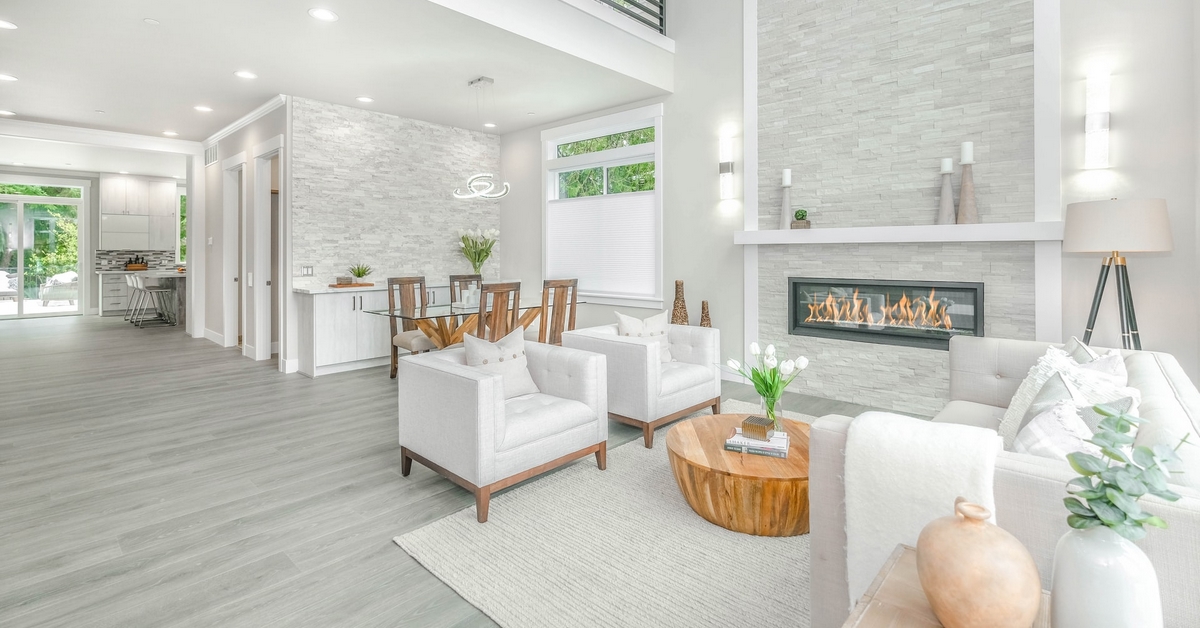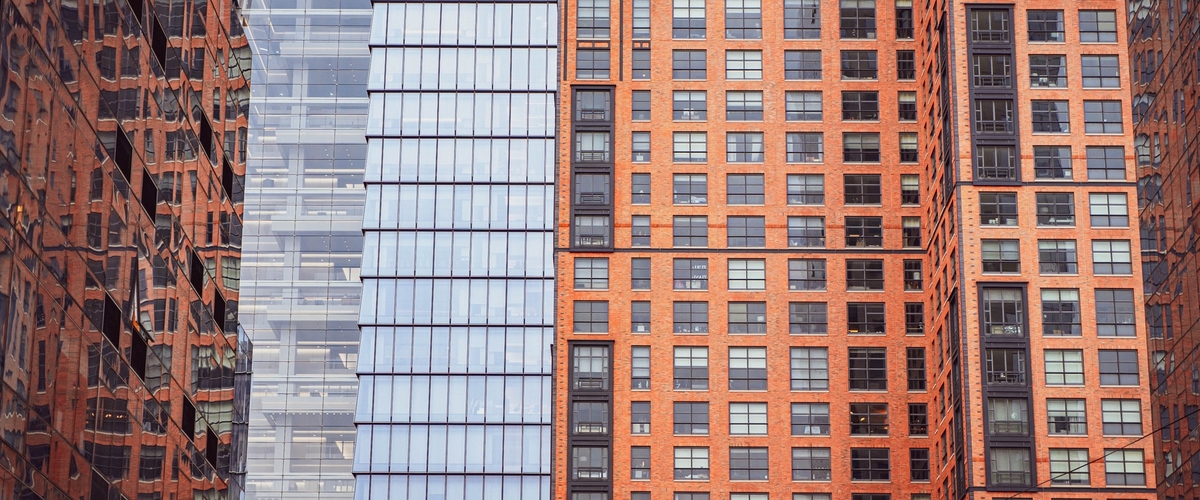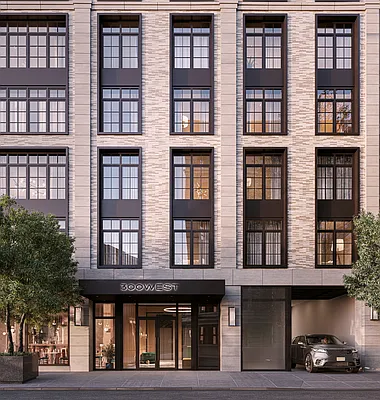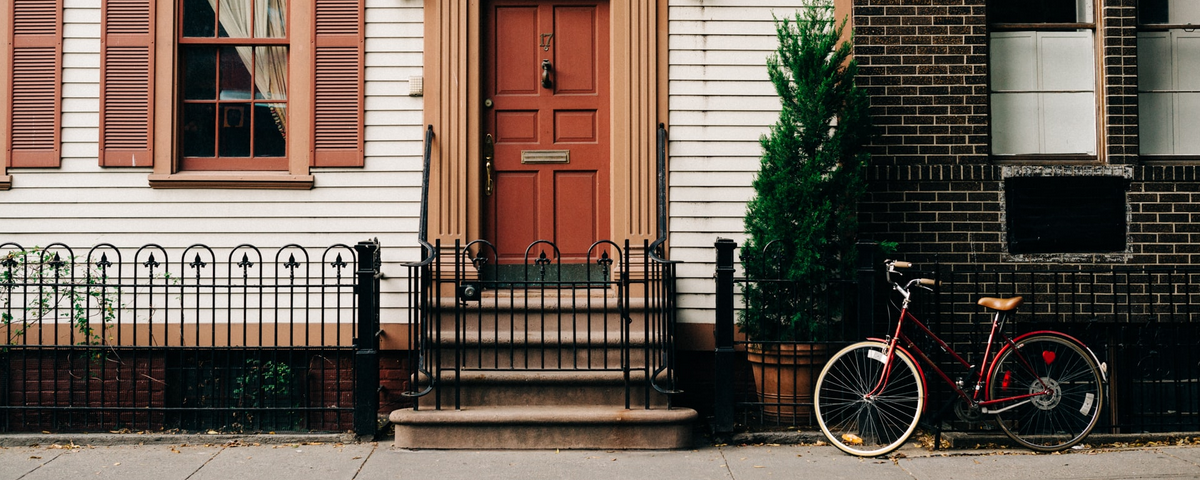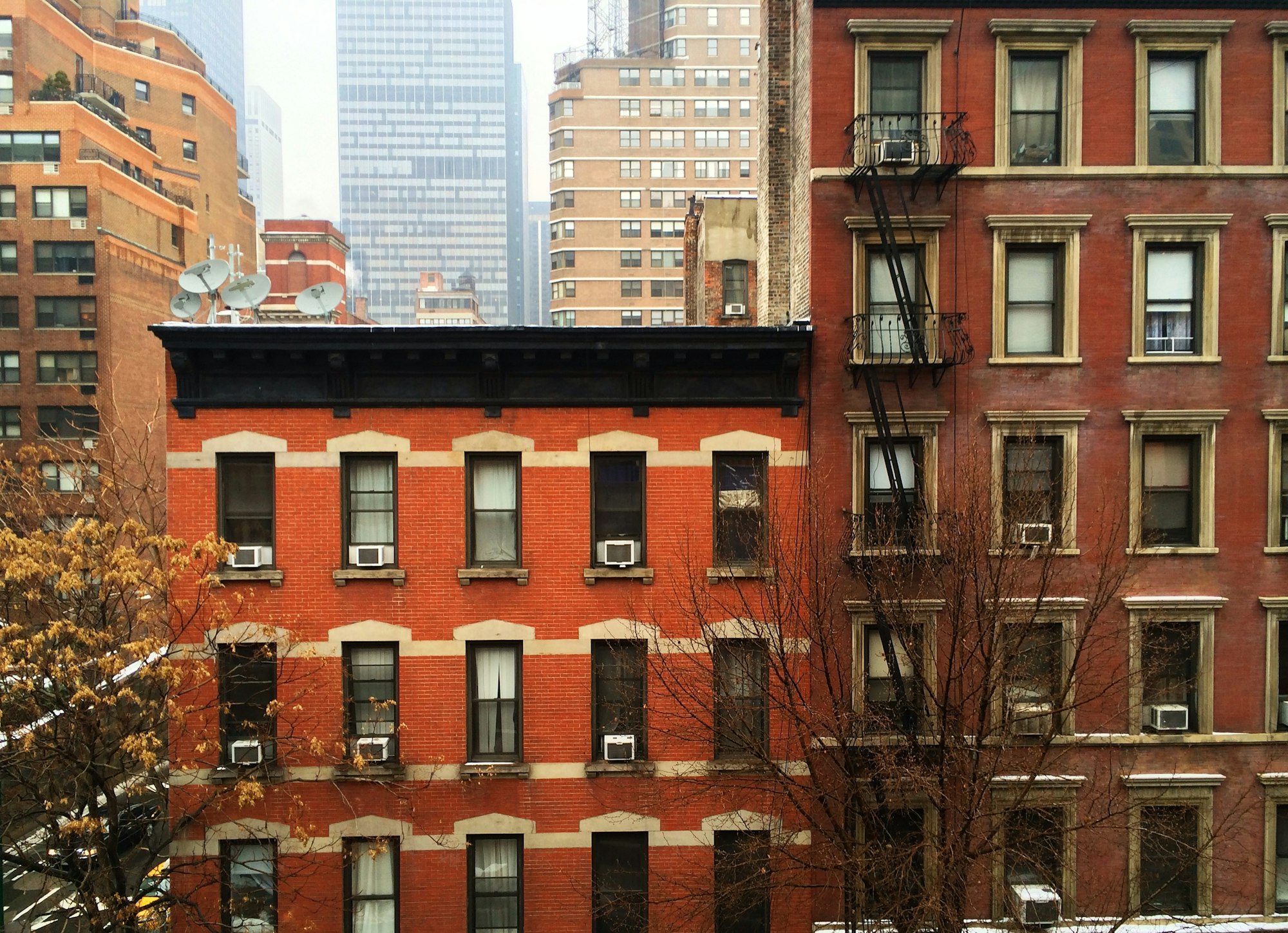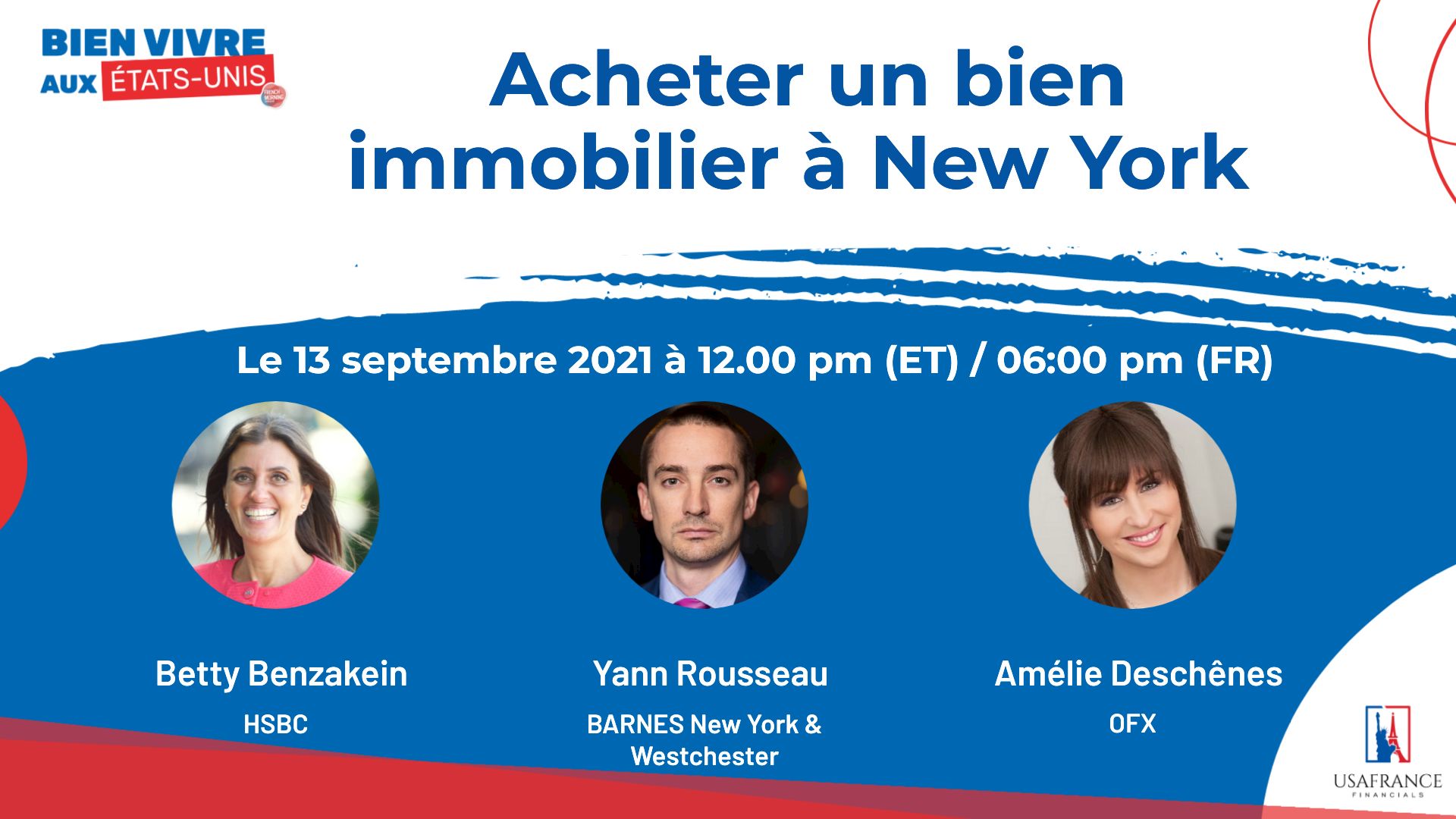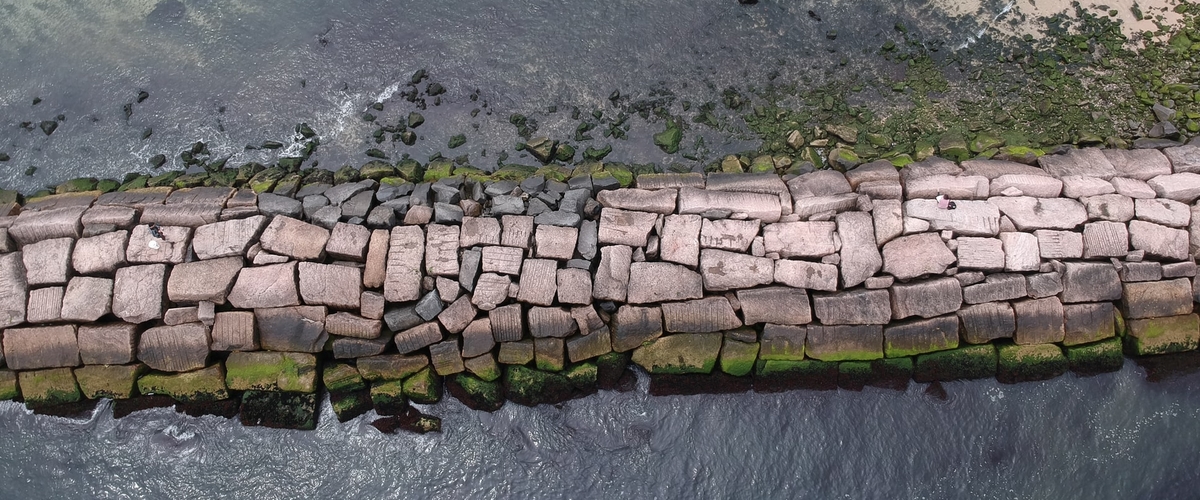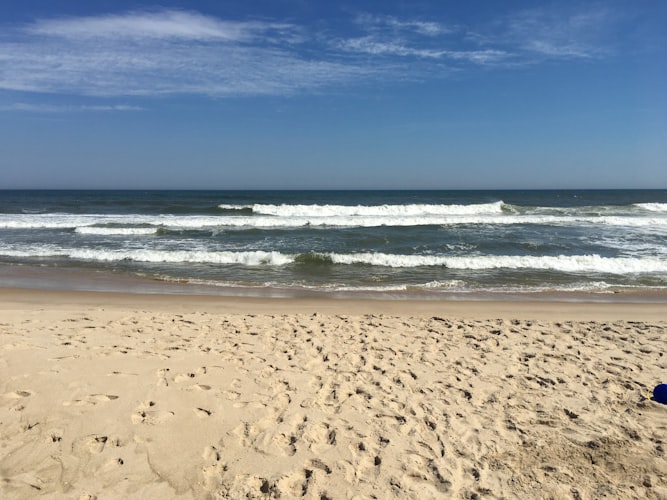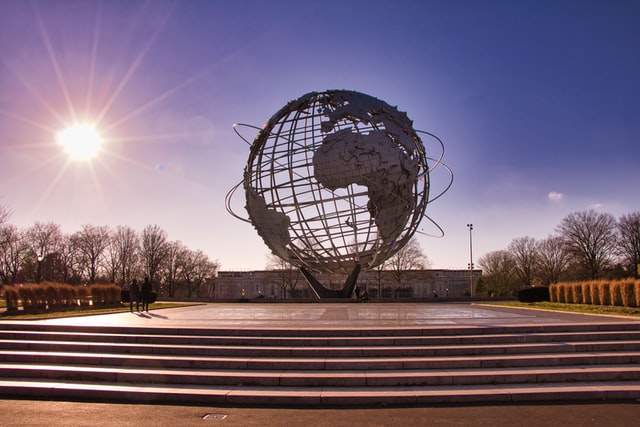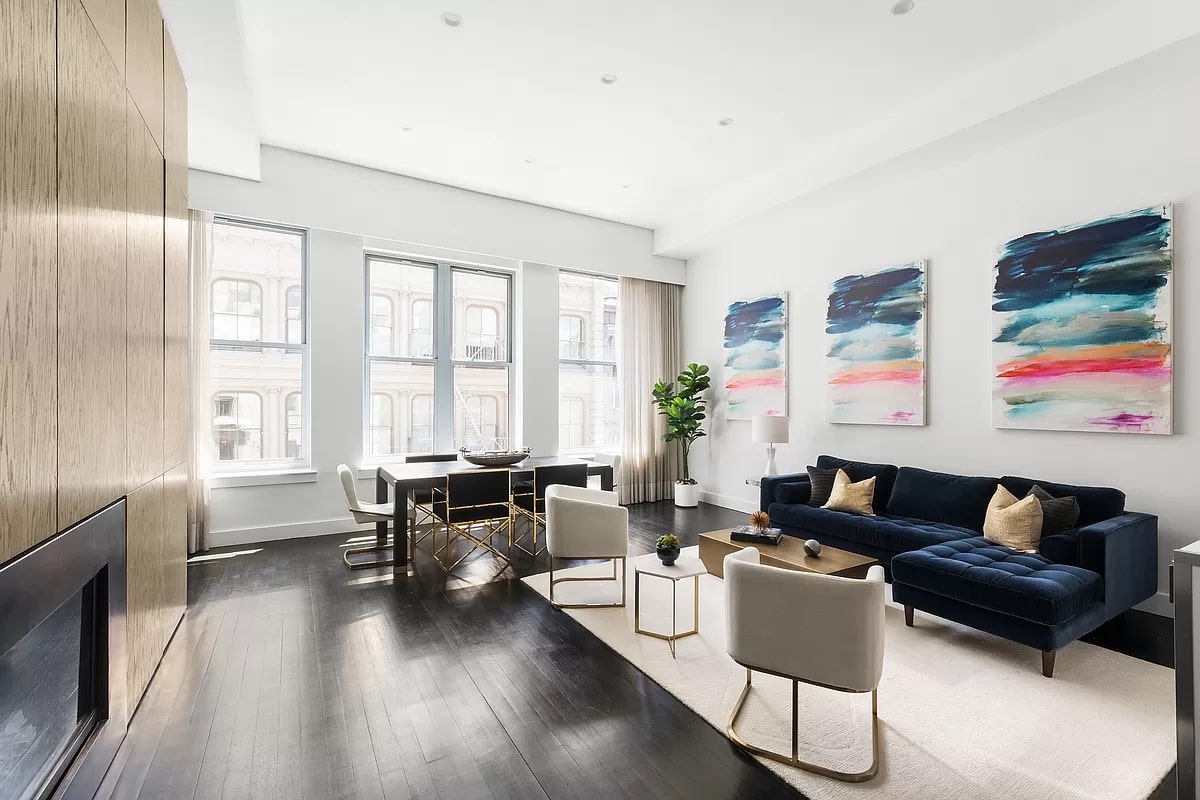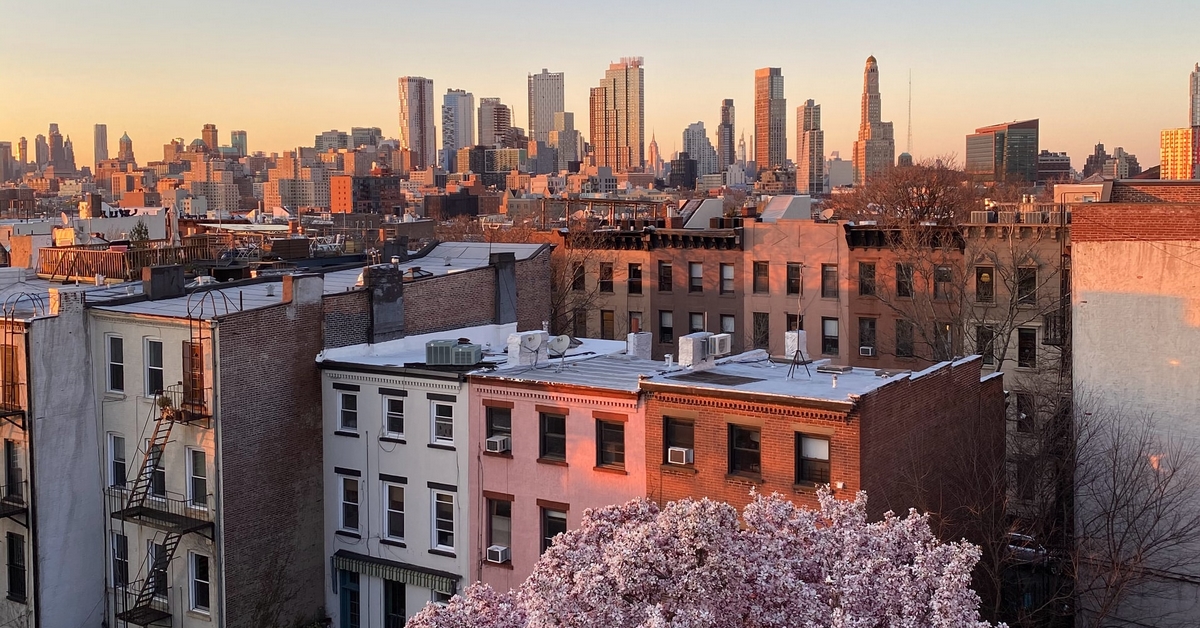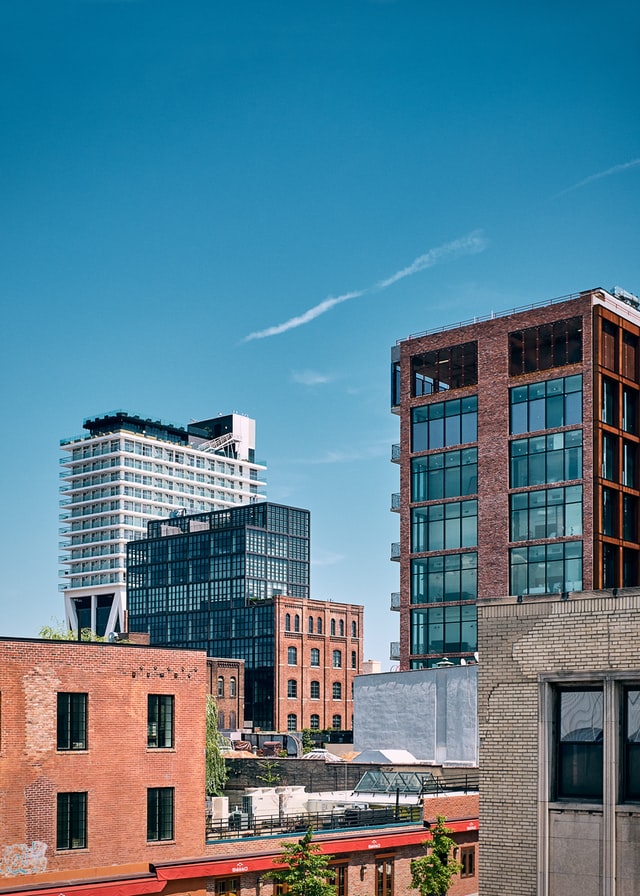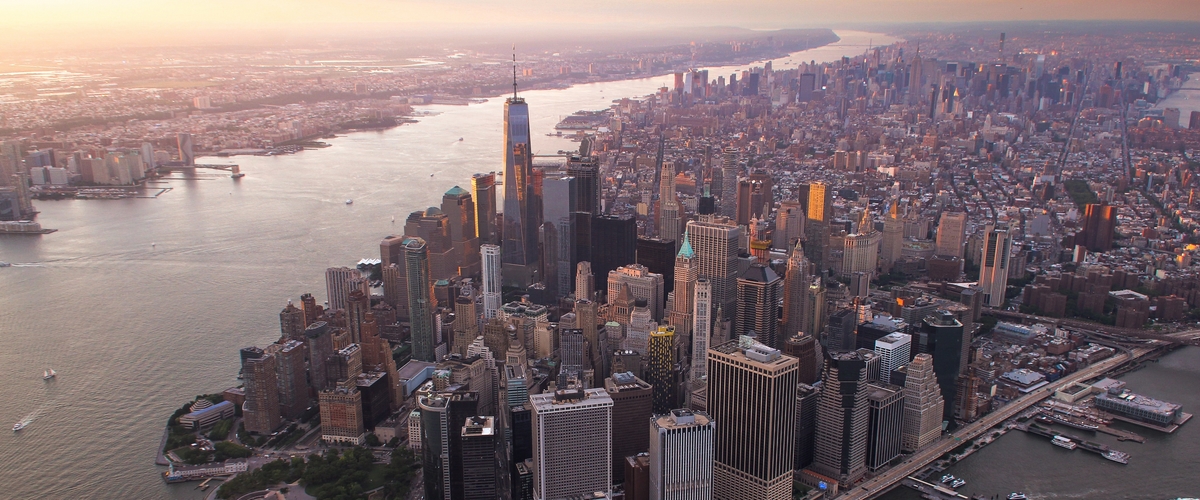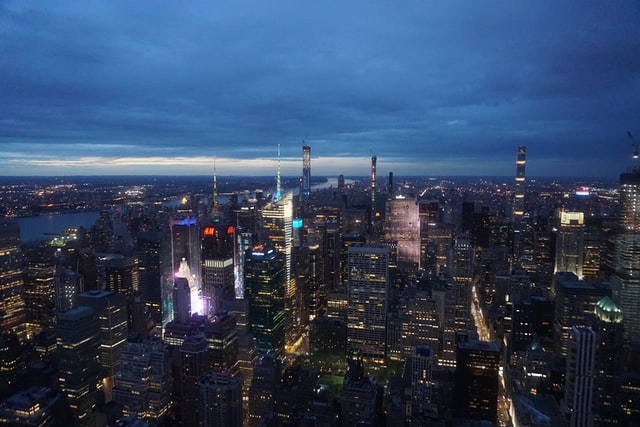By Annie Newman
New York City is one of the most unique places in the world. The bustling economy, the award winning theatres, the big city lights and skyline, the top rated fashion industry and the luxury real estate market are all part of the exciting glamor of the Big Apple. Every big city in the world can include luxury real estate but New York takes it to a whole new level. It boasts apartments and condos that are so elevated within the skyscrapers, that some of them can feel like one is living in the clouds. The high value pricing for New York residences is above the national average, and for good reason, since owning or renting a luxury home there is considered quite prestigious.
Why is the cost of living in New York higher than average?
Buyers can own a home in cities across the United States for reasonable prices but a few American cities such as Los Angeles, San Francisco, Miami and New York can dazzle its residents and tourists with a magic touch as these cities offer a lifestyle that cannot be found just anywhere. It’s not every day in smaller towns that one can experience the lively financial, social and cultural way of life that a big metropolis like New York has to offer. It is no wonder that luxury apartments in NYC are in high demand and their incredible views of Manhattan are even priceless. In New York, there is such a variety of neighborhoods and lifestyle options that choosing a place to call one’s home can be a fascinating journey. One has to choose the right neighborhood, the right location and the type of housing that is appropriate. Luxury apartments in NYC are surrounded by charm, history, and a sense of liveliness that is rare to find in most towns nationwide. For example, a New York penthouse can be so much more alluring for buyers that a penthouse in other cities, because they usually offer views that are breathtaking of the big city and are usually found in very high towers that offer far reaching views. Many celebrities or business owners who own homes in other American cities often choose to purchase a second home in New York as it is a source of pride to own a piece of real estate in one of the most attractive places in the world. Those who live there year round feel a great sense of fulfillment to be able to enjoy on a daily basis the bustling life that New York has to offer.
Luxury real estate outside of Manhattan
For those who want to be close to Manhattan but prefer a more serene and suburban lifestyle, there are many boroughs outside of New York City that offer exclusive luxury homes and townhouses for sale across a wide area surrounding the big city. The New York real estate prices vary depending on the areas but usually the condos for sale outside of Manhattan are less expensive than in the City itself. Yet, bigger houses in the suburbs can actually be more expensive than apartments in Manhattan because they are quite large and have more land. New York is a very populated city and therefore choosing a home outside the region can offer more of a spacious and comfortable lifestyle.
Types of luxury real estate in New York
New York is a city that has a long history and therefore many buildings and homes were built quite a long time ago. The people who invest in those types of constructions can be surprised to see them listed as luxury properties because of the date in which they were built, but a lot of them have been completely renovated and revived. They are considered luxurious due to the location in NYC as well as the fact that they are built with more space than newer condos or apartments in the City. The other type of luxury residences in New York are the brand new constructions, or new developments, often found in high rises that offer spectacular views and modern amenities. They are well located and are prestigious to live in. They usually have a 24 hour doorman and maybe even a gym or pool. Yet, they are often built much smaller since developers or sponsors want to maximize the expensive land they purchased in New York. Every square foot of space in a city like New York is very precious and often has many people bidding for the same properties. It is one of the reasons why Manhattan is known as a ‘concrete jungle.’ Whenever new land becomes available for building, investors prefer to build high rise buildings instead of parks or green areas to increase revenue. Renting or owning a luxury home in New York is not to be taken for granted as it is a very special opportunity.
Expensive neighborhoods in New York
Hudson Yards, TriBeCa, SoHo, Upper East Side, Central Park, Cobble Hill, DUMBO, Park Slope, Williamsburg and Carroll Gardens, to mention a few, are some of the most expensive neighborhoods in New York City. Some of these are in Brooklyn, while others are in Manhattan. Manhattan is the most expensive of all as it is the heart of New York City and State for economic, cultural and social development. Other boroughs can also be expensive due to their proximity to New York City but can be more affordable than Manhattan itself. They can also include larger properties. Whether you are looking to buy or rent in the New York area, you will be spoiled with a wide variety of luxury properties to choose from in and around the big city.
BARNES New York is the quintessence of luxury real estate in the City and offers its services related to sales, rentals and property management for your real estate projects. Its international clientele and worldwide reputation brings you the most exclusive properties and our team of experts is at your disposal to accompany you in reaching your investment goals in New York.
